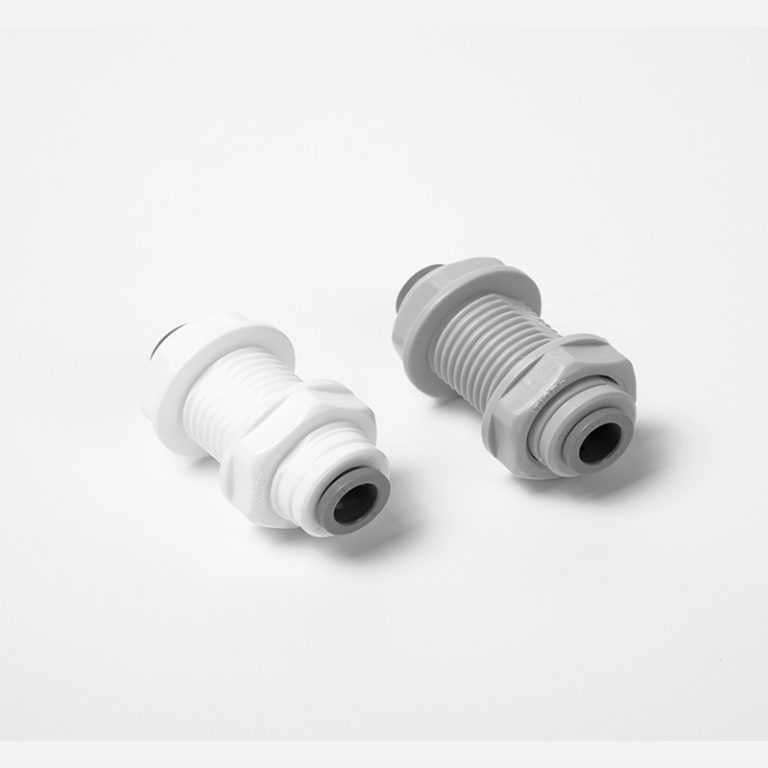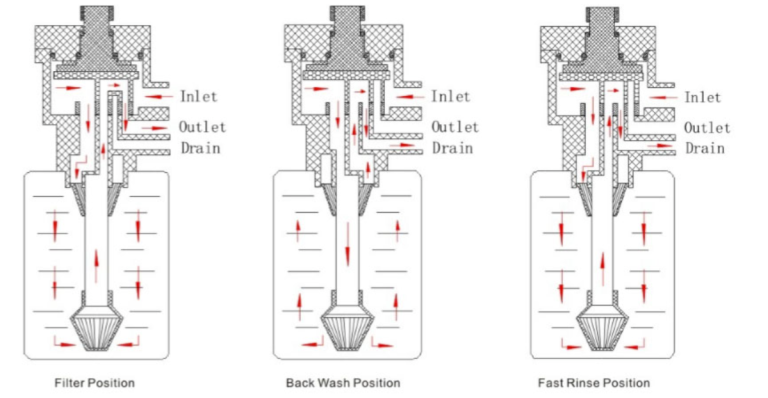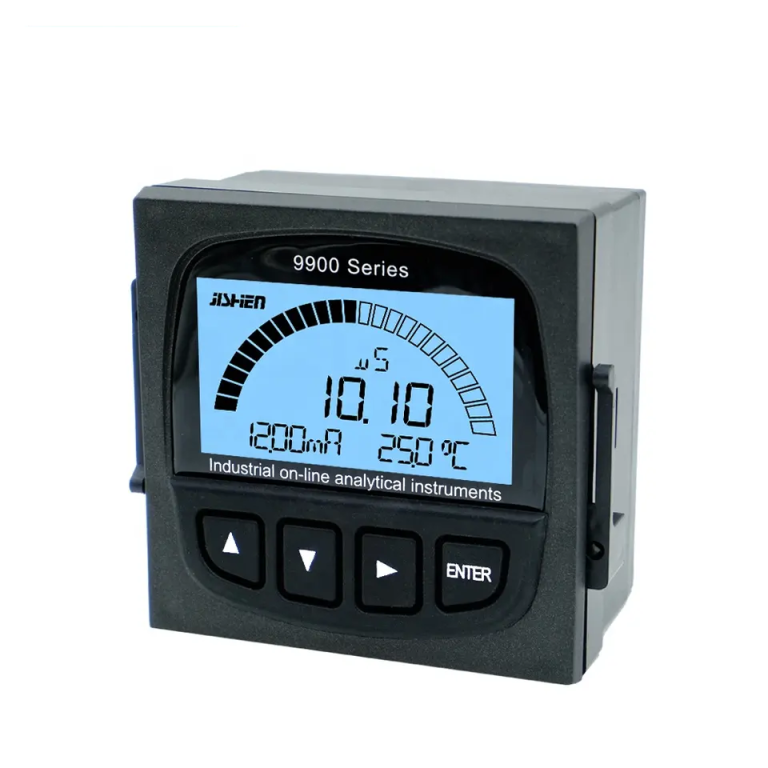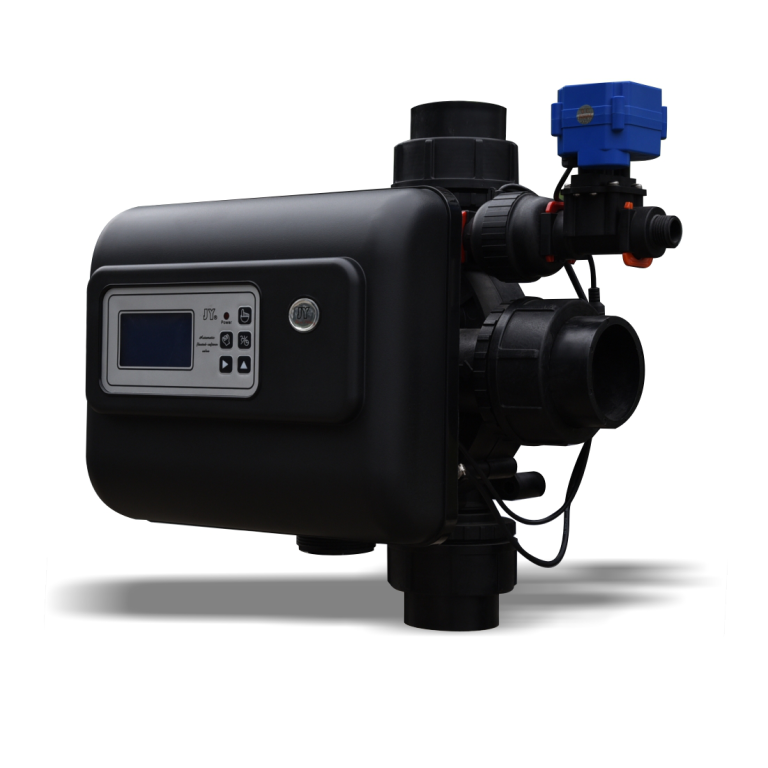飲料水の理想的な濁度レベルの決定
濁度は、浮遊粒子によって引き起こされる流体の曇りまたは曇りを説明するために使用される用語です。飲料水の場合、濁度は水質の重要な指標となる可能性があります。濁度が高い場合は、細菌、ウイルス、その他の有害な微生物などの汚染物質が存在していることを示している可能性があります。したがって、消費の安全性を確保するには、飲料水の濁度レベルを監視および制御することが重要です。
飲料水の理想的な濁度レベルは、一般に 1 NTU (比濁分析濁度単位) 未満であると考えられています。 NTU は、液体中の粒子によって散乱される光の量を定量化するために使用される測定単位です。濁度レベルが 1 NTU 未満の水は通常、透明で目に見える粒子がないため、見た目が美しく、安全に飲めます。
飲料水の濁度レベルを低く維持することは、いくつかの理由から重要です。まず、濁度が高いと、病原体が隠れるための保護シールドが提供され、塩素処理などの消毒プロセスが妨げられる可能性があります。これにより、水処理の有効性が損なわれ、水系疾患のリスクが高まる可能性があります。さらに、濁度は水の味や匂いに影響を及ぼし、消費者の口当たりが悪くなる可能性があります。
飲料水が推奨される濁度レベルを確実に満たすように、水処理プラントではさまざまな濾過および処理プロセスが採用されています。凝集、凝集、沈降、ろ過は、懸濁粒子を除去し、水の濁りを減らすために一般的に使用される方法です。これらのプロセスは、消費者に流通する前に水を浄化し、品質を向上させるのに役立ちます。
場合によっては、飲料水の濁度レベルが推奨制限値の 1 NTU を超える場合があります。これは、豪雨などの自然現象によって発生する可能性があり、土砂が水源に流れ込む可能性があります。建設、採掘、農業などの人間の活動も、水の濁度レベルの上昇に寄与する可能性があります。このような状況では、浄水場は濁度を減らし、給水の安全性を確保するために追加の処理措置を講じる必要がある場合があります。
飲料水の濁度レベルを監視することは、潜在的な問題を特定し、迅速に是正措置を講じるために不可欠です。水サンプルの定期的な検査と分析は、濁度レベルの変化を検出し、水質基準が満たされていることを確認するのに役立ちます。水処理プラントは、濁度レベルの上昇に対応し、問題に対処するための適切な措置を実施するためのプロトコルを整備する必要があります。
結論として、飲料水の濁度レベルを低く維持することは、その安全性と品質を確保するために非常に重要です。飲料水の理想的な濁度レベルは 1 NTU 未満であり、水処理プラントはこの目標を達成するためにさまざまな方法を使用しています。飲料水の濁度レベルの監視と制御は、公衆衛生を保護し、消費者に清潔で安全な飲料水を提供するために不可欠です。推奨ガイドラインに従い、効果的な処理プロセスを実施することで、水道事業者は飲料水が必要な品質基準を満たしていることを確認できます。

Maintaining low turbidity levels in drinking water is important for several reasons. Firstly, high turbidity can interfere with disinfection processes, such as chlorination, by providing a protective shield for pathogens to hide behind. This can compromise the effectiveness of water treatment and increase the risk of waterborne diseases. Additionally, turbidity can affect the taste and odor of water, making it less palatable for consumers.
To ensure that drinking water meets the recommended turbidity levels, water treatment plants employ various filtration and treatment processes. Coagulation, flocculation, sedimentation, and filtration are commonly used methods to remove suspended particles and reduce turbidity in water. These processes help to clarify the water and improve its quality before it is distributed to consumers.
In some cases, turbidity levels in drinking water may exceed the recommended limit of 1 NTU. This can occur due to natural events such as heavy rainfall, which can cause sediment to be washed into water sources. Human activities such as construction, mining, and agriculture can also contribute to increased turbidity levels in water. In such situations, water treatment plants may need to implement additional treatment measures to reduce turbidity and ensure the safety of the water supply.
Monitoring turbidity levels in drinking water is essential to identify any potential issues and take corrective action promptly. Regular testing and analysis of water samples can help to detect changes in turbidity levels and ensure that water quality standards are being met. Water treatment plants should have protocols in place to respond to elevated turbidity levels and implement appropriate measures to address the issue.
In conclusion, maintaining low turbidity levels in drinking water is crucial for ensuring its safety and quality. The ideal turbidity level in drinking water is less than 1 NTU, and water treatment plants use various methods to achieve this target. Monitoring and controlling turbidity levels in drinking water are essential to protect public health and provide consumers with clean and safe drinking water. By following recommended guidelines and implementing effective treatment processes, water providers can ensure that drinking water meets the necessary quality standards.







